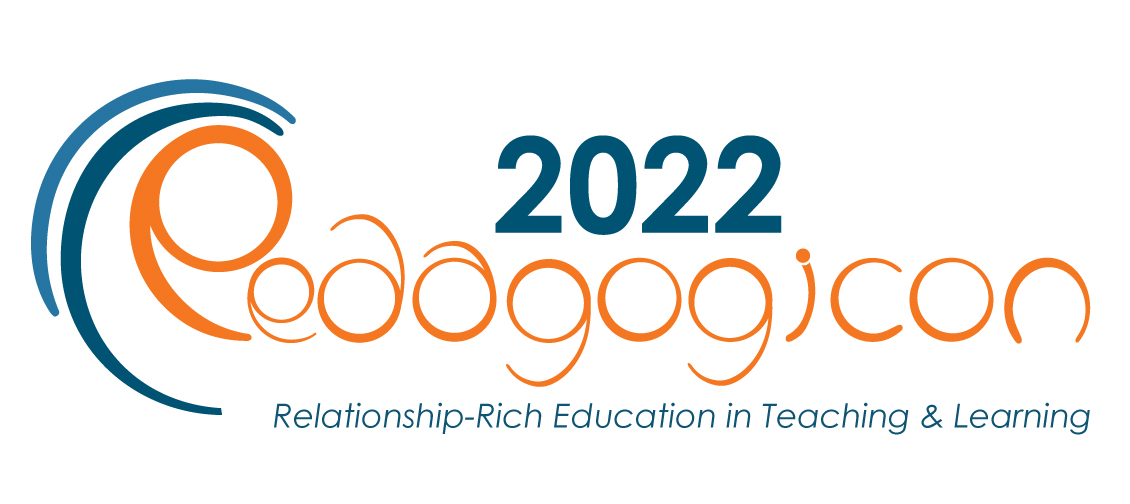Publication Date
2023
Abstract
While laptops are considered an effective and critical learning tool, the effects of in-class laptop use on student learning remain controversial. Although many recent studies have found that in-class laptop use may produce negative effects in higher education, college students increasingly utilize their laptops in classrooms. To effectively integrate laptop use into lessons, we examined the effects of behavior strategies concerning in-class laptop use by undergraduate students. Throughout the course of a semester, participants were provided visual prompts, including "Red", “Yellow,” and "Green" codes, in accordance with class activities. The students’ attitudes and perspectives regarding the strategy were surveyed and discussed.
Creative Commons License

This work is licensed under a Creative Commons Attribution 4.0 License.
In-Class Laptop Use for Student Learning: A Pilot Study
While laptops are considered an effective and critical learning tool, the effects of in-class laptop use on student learning remain controversial. Although many recent studies have found that in-class laptop use may produce negative effects in higher education, college students increasingly utilize their laptops in classrooms. To effectively integrate laptop use into lessons, we examined the effects of behavior strategies concerning in-class laptop use by undergraduate students. Throughout the course of a semester, participants were provided visual prompts, including "Red", “Yellow,” and "Green" codes, in accordance with class activities. The students’ attitudes and perspectives regarding the strategy were surveyed and discussed.


